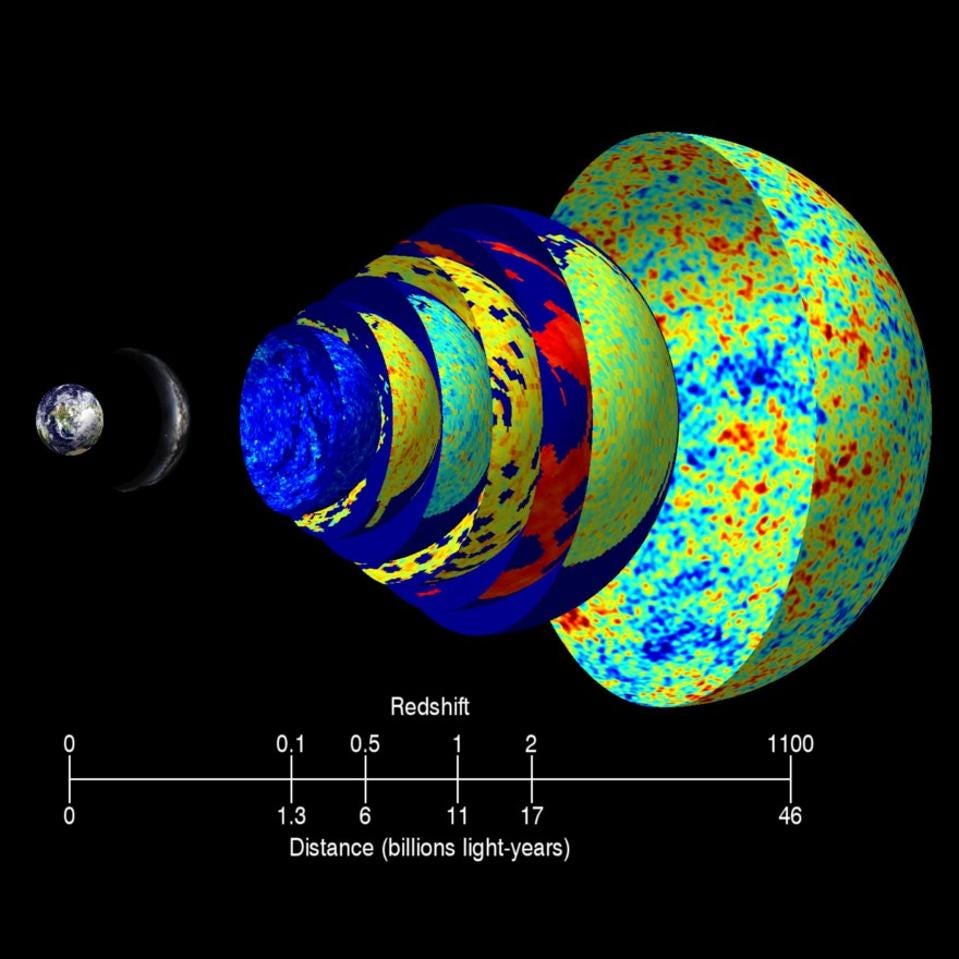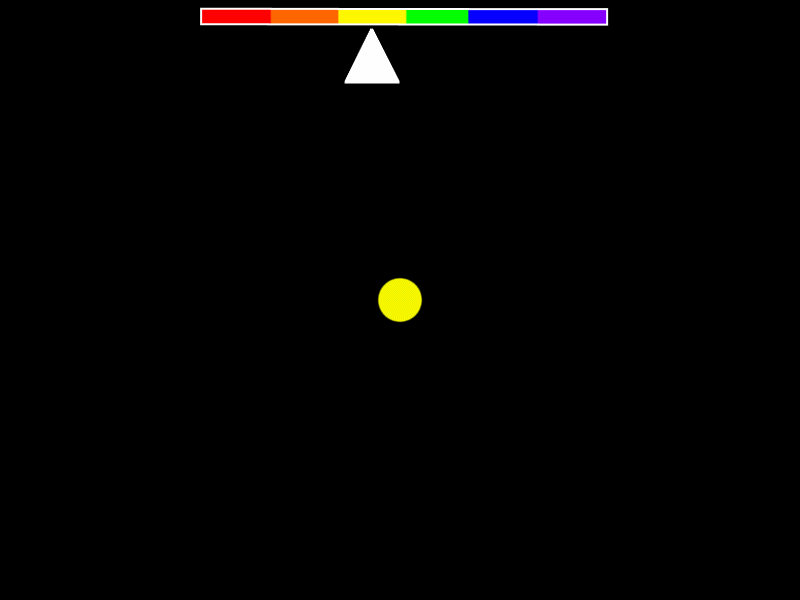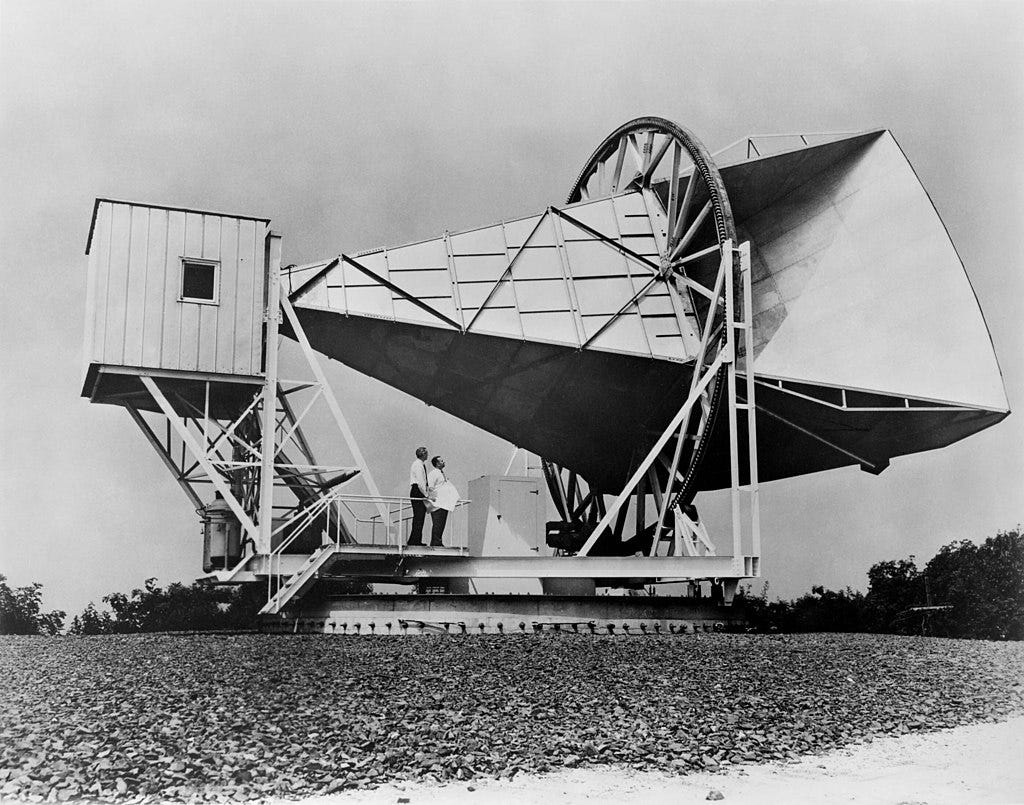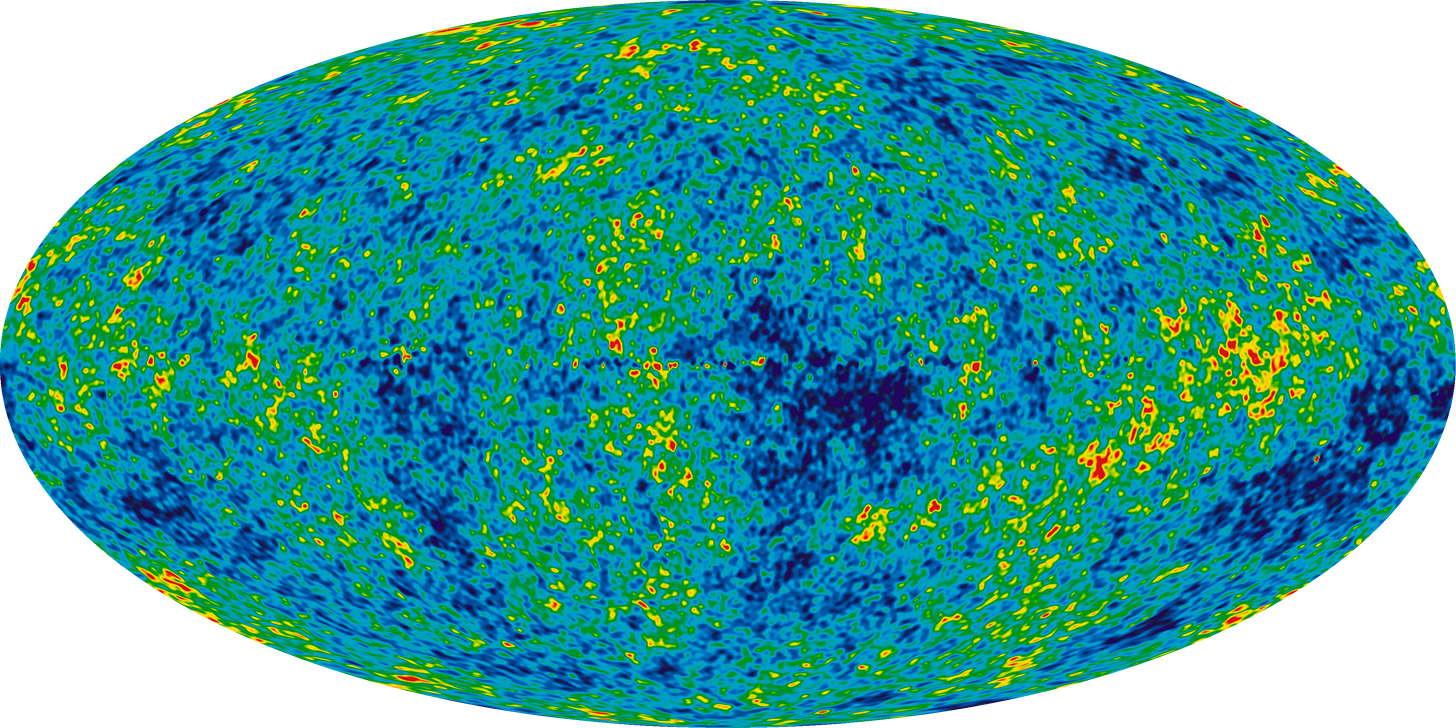The oldest light of the universe
What is Cosmic Microwave Background?
Today, we will get into the depths of space and time as we explore one of the most profound phenomena in cosmology — the Cosmic Microwave Background (CMB). Let’s understand this oldest light and its significance in our understanding of the universe.
Introduction
The Cosmic Microwave Background, often abbreviated as CMB, is a faint glow of radiation that fills the universe. It is the oldest light in the cosmos, dating back to a time when the universe was just a mere 380,000 years old, a mere blink of an eye in cosmic terms. This radiation permeates every corner of the universe, providing us with valuable clues about its origins and evolution.

Understanding Red Shift
Before we delve into how the CMB was discovered, let's first understand the concept of redshift. When an object in space moves away from us, the light it emits gets stretched, causing its wavelength to increase. This shift towards longer wavelengths is known as redshift. It's akin to the Doppler effect, where the pitch of an ambulance siren seems to lower as it moves away from us.

Discovery of Redshift
The first time we noticed the Doppler redshift was in 1848, thanks to French scientist Hippolyte Fizeau. He saw that when stars move, the lines in their light spectrum shift, a bit like the sound of an ambulance changing as it moves past. This effect is sometimes called the "Doppler–Fizeau effect". Then, in 1868, British astronomer William Huggins was the first to measure how fast a star was moving away from us using this method.
Subsequently, Edwin Hubble discovered an approximate relationship between the redshifts of such "nebulae" and the distances to them with the formulation of his eponymous Hubble's law. In the present day they are considered strong evidence for an expanding universe and the Big Bang theory.
Discovery of the CMB
Now, let's turn our attention to how the Cosmic Microwave Background was discovered. In the 1960s, two scientists, Arno Penzias and Robert Wilson, were working with a large radio antenna in New Jersey. No matter where they pointed their antenna, they detected a constant, uniform hiss of microwaves coming from all directions in the sky.

After ruling out all possible sources of interference, they realized that they had stumbled upon something extraordinary — the Cosmic Microwave Background. On 20 May 1964, they made their first measurement clearly showing the presence of the microwave background and received the 1978 Nobel Prize in Physics for their discovery.
Interpretation and Significance
The discovery of the CMB provided compelling evidence for the Big Bang theory. It is believed that the CMB is the afterglow of the intense heat of the early universe, which has cooled down over billions of years to form the faint microwave radiation we observe today. By studying the properties of the CMB, scientists can learn valuable insights into the composition, age, and geometry of the universe.

Moreover, the CMB contains tiny fluctuations in temperature, which serve as seeds for the formation of galaxies and galaxy clusters. These fluctuations offer valuable clues about the early conditions of the universe and how structures evolved over time.
From its humble discovery in a radio antenna to its profound implications for our understanding of the universe, the CMB continues to inspire awe and wonder among scientists and enthusiasts alike. In our next, article we will cover another fascinating topic in the field of rockets and space.




